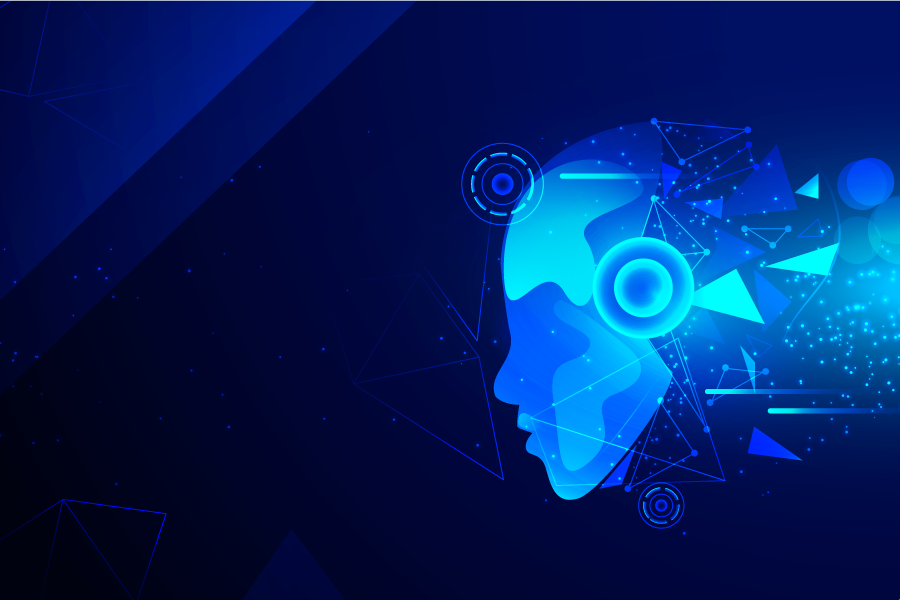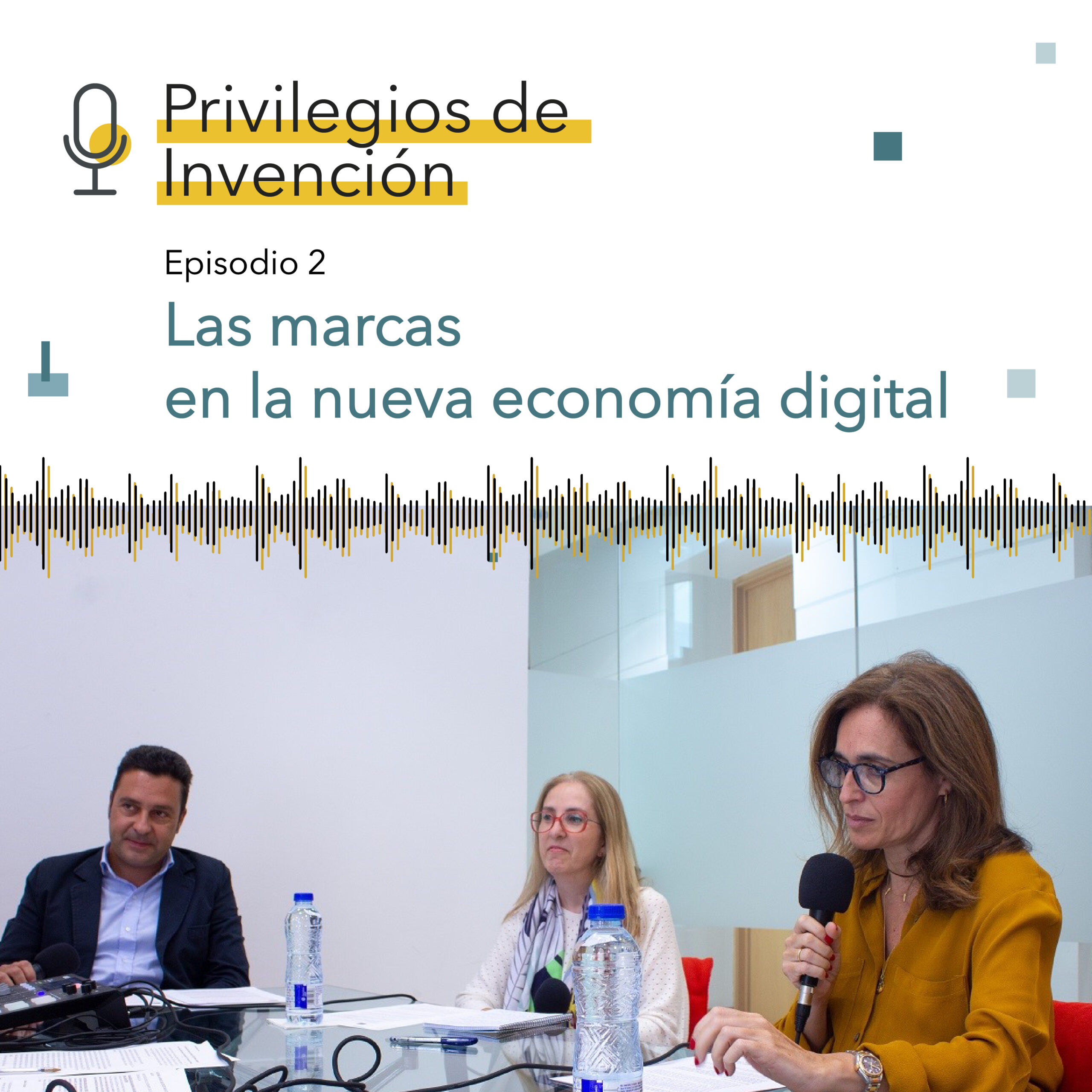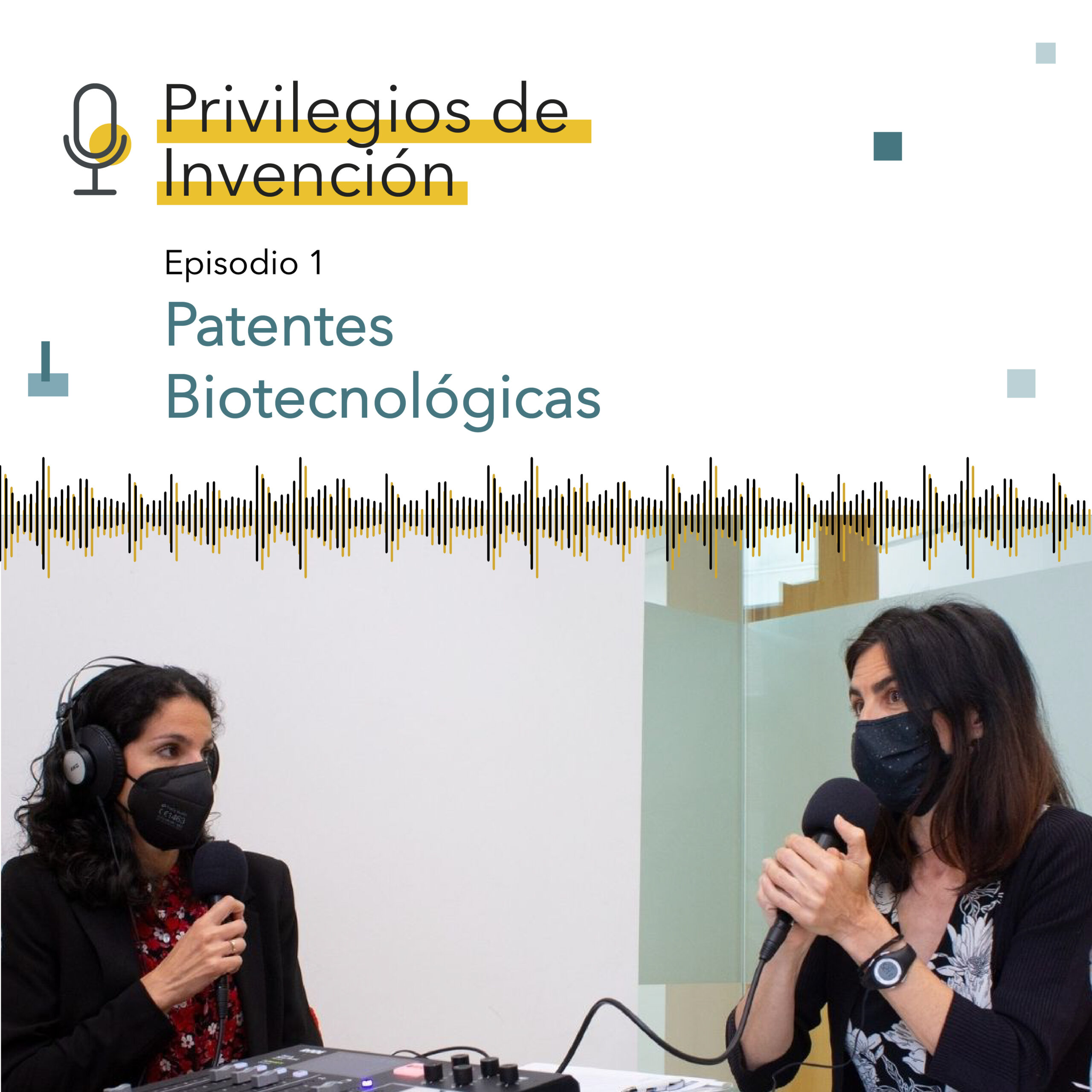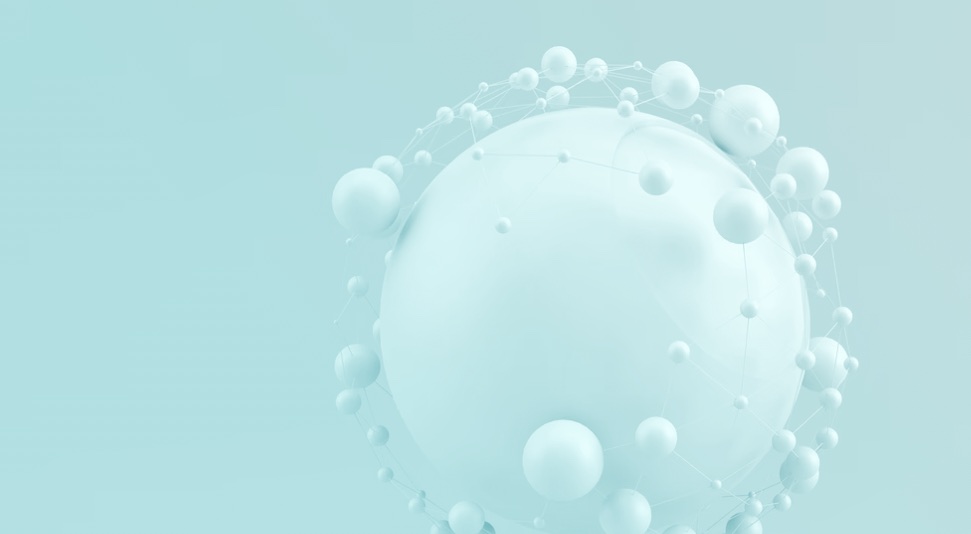In the early 1980s, in the midst of the Cold War, the internet was invented and had a huge impact on the context of the time and shocked the whole world. Today, almost 4 decades later, the Internet is just a part of daily life and has become an everyday tool for most of the population. Just as work was being completed on the various solutions to problems or discussions it generated, a new and even more abstract concept called “artificial intelligence” emerged.
By 1886, when one of the first treaties related to intellectual property, the Berne Convention for the Protection of Literary and Artistic Works, was drafted, the regulatory provisions was in response to their reality or context and “artificial intelligence” was no more than science fiction. Gradually, new treaties or conventions were developed in an attempt to respond to each of the needs or problems of the time.
Artificial intelligence, and the so-called fourth industrial revolution in general, has created a number of challenges for law and many other areas of study. As was to be expected, existing rules do not expressly resolve the issues generated by this technology, and so it is necessary to resort to interpretation criteria that will certainly not provide a single or unanimous answer. Within the discussions, the conception or protection of works that are “created” by artificial intelligence were highlighted.
Today, artificial intelligence has started to play an important role in everyday life and is no longer an unknown word or term as it was a few years ago. Obviously, the market also responds to these situations, which is why large multinationals have set about the task of developing and researching solutions that can be met with artificial intelligence.
According to the Artificial Intelligence Index Report 2023 prepared by Stanford University[1], where there was a decrease in investments in artificial intelligence in 2021, which could have been due to many external factors, it is estimated that investments in AI-related activities in 2022 amounted to 189.59 billion dollars. In addition, they calculate that the investment made in 2022 was 13 times more than the investment made in 2013.
However, the concept of artificial intelligence is neither without opposition nor does it have a definition accepted by the entire scientific community. The World Intellectual Property Organisation has defined it as a “discipline of computer science that is aimed at developing machines and systems that can carry out tasks considered to require human intelligence.” Notwithstanding the above, as artificial intelligence is a discipline or field of study, when referring to task execution, the term “algorithm” is preferred. An algorithm is an “Ordered and finite set of operations that allows the solution of a problem to be found”[2], in other words, it is in charge of producing a work or job on the basis of instructions provided to it.
Artificial intelligence can be used in virtually every industry, ranging from finance, to certain decision-making tasks, medicine, or technology as such. One of the goals of artificial intelligence is to prevent the decision-making process or the execution of certain tasks from being affected by the subjectiveness to which humans are prone. The idea is to make following instructions more objective or mechanical. It is at this point that one of the first discussions of works created by artificial intelligence is to be found, as some consider that the process of producing the work carried out by the algorithm in an automatic or instantaneous manner, i.e., execution occurs immediately with the specifically indicated instructions, the “creative” process is ruled out.
In addition to the above, the doctrine has come to consider that the human being, or physical person, is the only one who has the potential to be an author, as only humans have emotions, sensations and feelings that allow their personality to be expressed in the work. This has been particularly the position of the National Copyright Directorate of Colombia, which has repeatedly indicated that the “personal stamp or mark that authors imprint on their creation”[3] is part of the precondition of originality and this is a uniquely human capability.
However, there are also conflicting opinions, as the law, with regard to the requirement of originality, does not refer to the time or process involved in the creation of the work. An additional requirement would be imposed to make it eligible for protection.
The problem then boils down to defining whether or not the precondition that the author is a natural person is indispensable to grant protection to the work. Article 3 of Decision 351 of the Andean Community defines the author as “the natural person who makes the intellectual creation” and it is from this point that some parts of the doctrine consider that, at least for the member countries of the Andean Community, this requirement does exist. They even argue that it is not even necessary for this to be enshrined, as the analysis of subjective originality referred to above is sufficient to reach such a conclusion.
In their opinion, subjective originality can only be predicated on the relationship or link that exists between the work and the personal effort or impression that the author puts into it, and under this understanding only a natural person would be able to do so. Because as mentioned before, an algorithm has no feelings, emotions or passions that allow it to put its personal stamp on a work. Ultimately, the legal question is not whether the work that is enjoyed by those who observe it is the original work of a natural person or whether it is the product of the orders and the still enigmatic actions of a machine, but rather whether the creation is protected by copyright and to whom that right should be granted. For reasons of legal certainty and taking into account that copyright is not interested in the purpose of the work, it would seem healthy to retain this position with regard to the author, until the law expressly states otherwise or science itself proves it.
In addition to the above discussion, there is the question of the role played by the algorithm in the process of producing the work or result. If, in principle, the algorithm is in charge of executing a series of instructions, we may think that it is simply a tool or instrument used by the natural person, and there would be no reason to doubt who the author is and it would then be unnecessary to analyse the rest of the aspects. The truth is that research on artificial intelligence is increasingly progressing and that is why this precondition may have exceptions, i.e. in some cases it is possible that the algorithm will play a more active role in the production process, and this is where several questions will emerge.
This first step is not straightforward; defining the line at which the algorithm is a tool or not may fall in a grey area in many cases. The first question to be asked is whether the algorithm could have arrived at this result on its own or whether human input was essential or indispensable to obtain the result. And then to analyse what exactly the human contribution was, whether it was reduced to using a “click” or whether it was a creative process.
Although in these cases it has not yet been defined who the author is, it is important to ask ourselves the question that in the event that the algorithm cannot be considered the author, what would be the indispensable contribution within the creation process, that of the person who developed the algorithm, or that of the person who trained it, or who carried out the final action to obtain the result? Who of all, or rather all of them, would be considered authors? To put it in a practical case, tools for editing documents on a computer are used by the vast majority of people to produce different texts, but this does not mean that the software developer is the owner of the copyright of all works, because in this case it is evident that the software is a mere instrument or tool. However, cases of artificial intelligence are not as absolute, and so the analysis will have to continue with the discussions that have already been addressed and will be addressed below.
Moreover, there has been some debate as to whether that first phase of artificial intelligence algorithms in which a number of works that are protected by copyright are deposited or fed into the algorithm constitutes copyright infringement. The Berne Convention, Decision 351 of the Andean Community and Law 23 of 1982 enshrine reproduction and alteration rights. In this sense, authors argue that by training artificial intelligence algorithms, their works are reproduced and at the moment of obtaining the result, they are subjected to a process of alteration, all without prior and express authorisation as required by the Convention.
The various companies that have developed artificial intelligence algorithms and that have been sued in a number of jurisdictions claim to use workbenches for managing prior authorisation. In response to this, In response to this, a new alarm has emerged concerning what this authorisation should look like. Bear in mind that the Article 31 of Decision 351 of the Andean Community provides that “Any transfer of the economic rights, as well as authorisations or licenses for use, shall be understood to be limited to the forms of exploitation and other procedures expressly agreed upon in the relevant contract.”This leads us to think that the authorisation or licence must expressly indicate the use of artistic or literary works of third parties for the purpose of generating new works by means of artificial intelligence. The discussion about the need for express authorisations should not necessarily exclude this form of use of works.
On the contrary, and as is advisable, companies that use any work, regardless of its quantity, to produce works with artificial intelligence, should acquire licences that expressly refer to such use. It is still a murky world and to that extent it is likely that at the time the existing authorisations were granted, the use of artificial intelligence for new works did not exist. It would then be even more complicated to argue that the authorisation complied with all the requirements. It is no less true that this matter has also been the subject of debate mainly in doctrine, so it is not a closed issue either. It is simply a recommendation given the continuing uncertainty or lack of a unanimous criterion.
However, for the sake of discussion, in the absence of authorisation, AI algorithm developers have defended themselves by arguing that their actions are covered by the principle of fair use, since the works are used for analysis, learning and teaching purposes. Fair use is a legal concept that seeks to strike a balance between the rights or prerogatives of the copyright holder (procession) and the development of knowledge (access).
In this sense, it has been argued that the use of works in the training of the algorithm is not very different from what happens when human beings study or analyse a series of works in order to then produce their own work. In other words, that there are several similarities between the training process of an algorithm and the process whereby a human being acquires the knowledge necessary for the creation of a work. In the case of the consultation of information or other works that a human being can make, there has never been any question of it being considered a copyright infringement.
Accordingly, the objective originality of works produced by artificial intelligence has also been questioned, because when it is developed from a series of works with which the algorithm is trained, the result may not be original and, conversely, may be a copy of another work or a “mutation” of two or more works. Even if it can be admitted that there is a sort of similarity between the learning process of an algorithm and a human being, the truth is that what happens in the mind of the human being is certainly not the same as what happens with the algorithm. Human beings do not perform an automatic, mechanical, previously designed process, guided by practically exact steps, but rather will necessarily be obliged to imprint their own stamp on their work. The result of artificial intelligence, however, may likely end up emulating one or more original works, and in that sense would lack one of the essential preconditions for copyright protection.
In conclusion, the precondition of objective originality should be analysed on a case-by-case basis with its own particularities. Whether or not the result is similar to one or more of the works on the basis of which the algorithm was trained depends on many factors. It would then be excessive to apply the rule outright to all works produced by artificial intelligence, without any proper or specific analysis. Of course, if the result is very similar, the copyright response should be not to grant protection for lack of objective originality, but again this cannot be an absolute rule.
Another important component in this analysis is to look at the purpose of intellectual property rules, which is none other than to promote science, innovation and art. Therefore, to take an absolutely closed stance on giving protection to works that are created by artificial intelligence would run counter not only to a reality, but to what for many is the purpose of these rules. However, some consider that allowing or endorsing the use of works for training algorithms may also be a source of discouragement for that sector, which holds the rights to works created by human beings. Given all this, a balance must be struck in order to allow for innovation and creativity without ignoring the rights of others.
In conclusion, in the absence of specific legislation, these approaches will always generate discussions, depending on the position from which the problem is viewed and the particularities of each specific case. Interpreting the rules as has traditionally been done for cases prior to this fourth industrial revolution will always lead to the same answer. It will therefore be necessary to analyse whether or not certain criteria, interpretations or rules should be re-assessed, without allowing systematic copyright infringement. Of course, the advances made in these technologies will not be limited to what we know today, but in a few years’ time new developments will lead us to discuss new issues, which will also require a response from the law. For the time being, the purpose sought in the laws that protect copyright today will lead us to the most appropriate interpretations, and case law will also guide us until we can have an international legal order to guide and possibly settle any disputes that may arise. The problem is that this requires a rapid solution because the technological evolution is developing at an accelerated pace.
Andrea Díaz Muñoz
Lawyer PONS IP Colombia
[1] https://aiindex.stanford.edu/wp-content/uploads/2023/04/HAI_AI-Index-Report-2023_CHAPTER_4.pdf
[2] Real Academia de la Lengua Española (https://dle.rae.es/algoritmo)
[3] RResponse of the National Copyright Directorate to File No.: 2-2023-77831 of 7 September 2023.




